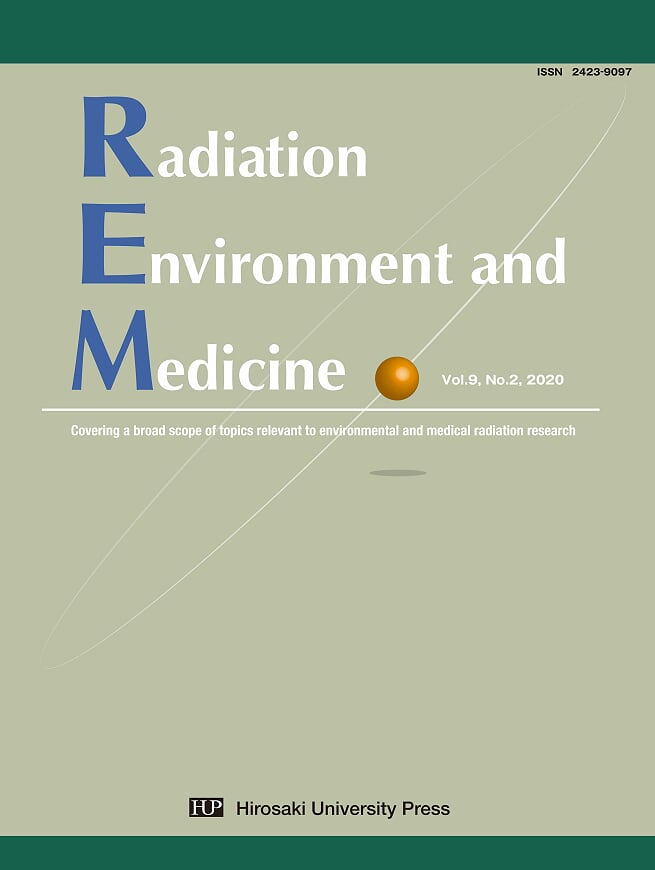Radiation Emergency Medicine Strategies Based on the Classification and Analysis of Nuclear and Radiological Emergencies
View article content
Seokki Cha1,2, Takakiyo Tsujiguchi3, Sang Tae Kim4, Young-woo Jin1,
Changkyung Kim2 and Minsu Cho1*1Korea Institute of Radiological and Medical Science(KIRAMS), 75 Nowon-ro, Nowon-gu, Seoul, Republic of Korea
2Hanyang University, STP(Science and Technology Policy) Program, 222 Wangsimni-ro, Seongdong-gu, Seoul, Republic of Korea
3Hirosaki University Center for Radiation Support and Safety 66-1 Hon-cho, Hirosaki, Japan
4Nuclear Safety and Security Commission, 178 Sejong-daero, Jongno-gu, Seoul, Republic of Korea
- Abstract
Due to the unique nature of nuclear energy and radiation, nuclear disasters have radiation-based biological and psychological effects on both the immediate and over time effects. The radiation effects on human beings can be deterministic, stochastic, and psychological. It is necessary to establish a strategy that can reasonably reduce these effects in nuclear and radiological emergencies. For effective response, it is important to establish a phased resource utilization plans for radiation emergency medicine at national level. In this study, the definition of emergency preparedness categories according to the international atomic energy agency publication was used to classify and analyze past nuclear and radiological emergencies. So we assumed scenarios using our classification and analysis results. And also radiation emergency medicine strategies should be arranged based on the roles of medical response institute during nuclear and radiological emergencies occured.



